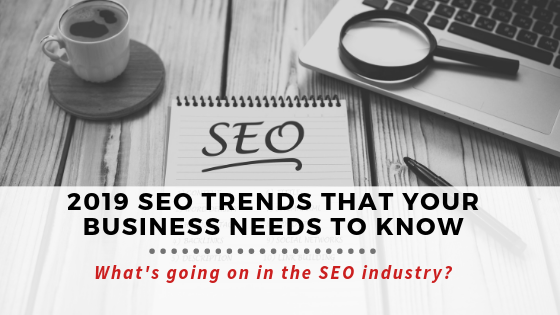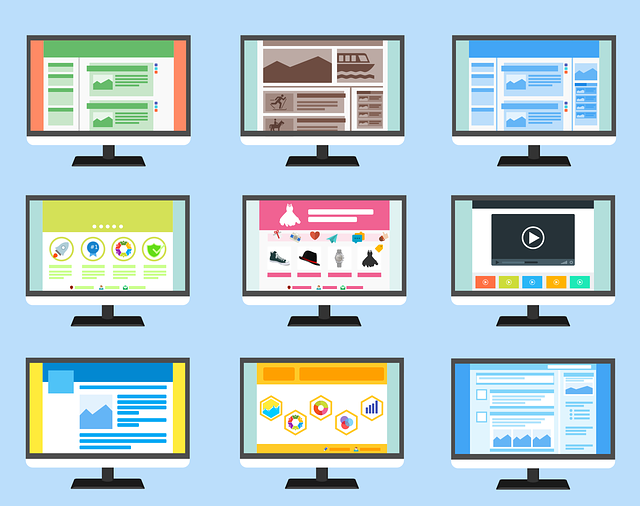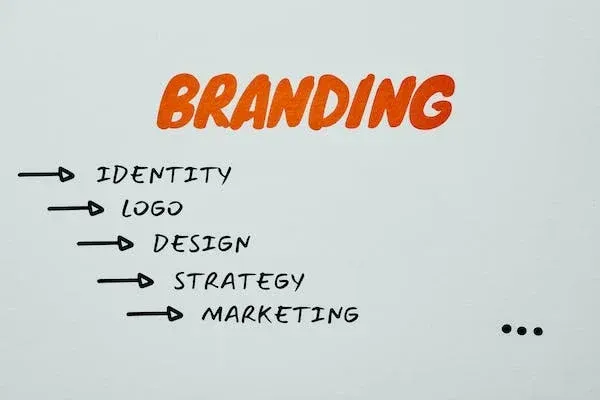2019 SEO TRENDS THAT YOUR BUSINESS NEEDS TO KNOW
Our clients ask us every day what's going on in the SEO industry. They want to understand the trends in the digital marketing industry so they can implement new and exciting strategies to improve their visibility in Google's search results. Because we are asked for this information so frequently, we decided to share this information with our entire client base and the blogging community. In this blog post, we will share what we have learned through extensive research and practical hands-on experience running digital marketing campaigns. Let's dig in.
User and searcher intent-
Perhaps the most important trend in 2019 is to fully understand user intent and searcher intent. For our purposes, we consider user intent and searcher intent to be synonyms. Before we explain how to address user intent we need to understand its definition as it applies to a small business owner’s website and digital marketing campaign. We define user intent as understanding what a user is looking for when asking a question in a search engine. Part of that means understanding what kinds of keywords are audience uses and understanding the context and intent behind their keyword selection. Understanding user intent allows you to understand the needs of your customers. This, in turn, allows you to produce high-quality content that your customers will want to read over and over again. When you produce content that speaks to the needs of your target audience, magic happens; you will be regarded as an expert by your target audience. They will also want to come back to your blog again and again for additional guidance to grow their business.
If you have not done so already, create an ideal customer profile that defines your perfect customer. Once you understand their needs, fears, and aspirations, you will be able to produce content that speaks directly to your preferred customer. Quality content will guide your ideal customer through their buyer's journey. Remember, highly targeted content is the central building block to help Google find content that is useful to searchers looking to solve problems for their business. Without quality content, Google's RankBrain will determine that other sites better meet the needs of your customers.
Big data and artificial intelligence-
The rise of big data and artificial intelligence is changing the digital marketing landscape in 2019 and beyond. We mentioned RankBrain above. RankBrain is only a small part of a larger trend in the digital marketing space. Many readers may wonder how RankBrain works while others may wonder, "What is RankBrain?" In 2015, Google launched RankBrain, adding machine learning to Google's search algorithm. The goal of RankBrain is to provide more relevant search results to users.
What are the implications of RankBrain for your website and for your search engine marketing efforts?
There are four major things to understand to fully optimize for RankBrain:
-
The first one we already discussed. By now you know that creating content that addresses user intent is absolutely critical to the success of your business.
-
Optimize for medium difficulty keywords. Many website owners try to optimize their content for “ head terms”. Head terms are typically one or two-word keyword phrases. We recommend that you do not attempt to optimize for such keywords. The competition level is too high and the searcher intent too general. We instead recommend that you target medium difficulty, or as they are often called, “medium tail” keywords.
-
Build your website authority. Although creating targeted content goes a long way towards building credibility with your target audience, it is also critical that you build site authority through attracting high-quality links. Many of our clients believe that creating high-quality content is enough to merit dozens of inbound links from authority sites for each piece of content they create. Unfortunately, that is rarely the case. In our experience, it is quite common for cornerstone content to receive little readership and few, if any, backlinks to their content even though the content is deserving of wide readership and backlinks by the barrel. This is where it is useful to enlist the aid of digital marketing agencies like TNT United Services Inc. We have the relationships with authority sites and the know-how to promote your content and get it the links it deserves. Many SEO companies have a deep reserve of relationships with partners who can provide awesome backlinks including an SEO reseller compan y who can provide unmatched link partners for agencies with fewer resources.
-
Increase click-through rates. Google considers sites with high click-through rates as useful to searchers. If searchers who scan search results consistently click on search results they believe best answer their needs, that the site will be rewarded with higher and higher rankings. Sites with low click-through rates are deemed to be less useful by Google and often see their rankings slip in Google search results. A close cousin of click-through rate is bounce rate. Before we explain why a high bounce rate is bad for your website, it is important to understand what Google considers a bounce. Bounce rate refers to the percentage of visitors to your website who navigate away from your website after looking at only one page. When searchers navigate away from your website without viewing additional pages, Google interprets this to mean that your website doesn't contain information useful or relevant to the searchers. We created a handy-dandy conversion checklist to help you decrease your bounce rate and turn visitors into paying customers.
Website Checklist:
-
Phone Number: Clearly visible. Can be found within five seconds
-
Trust Badge(s): Show your professional affiliations and memberships
-
Testimonials from clients
-
High-resolution images on every page
-
Set up a micro-conversion: Examples include a white paper, a PDF download, etc.
-
Contact form on each page: Don’t make people search for your contact form
-
Call to Action
Content needs to be personalized and longer
Audiences now expect content to be personalized and targeted especially for them. Create content that focuses and what your readership really wants to know. Consider developing content for smaller segments of your total audience base; that allows you to focus on specific needs, wants, and desires. The push for personalization will ensure that your content closely aligns with website visitor interests. The personalization of your content ensures that you cultivate every bit of available traffic. Personalization is about delivering a targeted message to the correct person at the correct time. This can be difficult to do, but once you get started, your content will improve over time and you will expand your audience significantly. As you receive audience feedback on past content and better understand their motivations and interests, you will be able to improve the quality of your content.
Personalization is about segmenting your audiences into clear categories, such as:
-
Interests
-
Customer behavior
-
What kind of content have they read or downloaded?
-
Location
-
If you sell sports apparel, send offers for Yankees apparel to people who hail from NY.
-
Source of your website traffic
-
Do you receive traffic from sites that cater to people who like to take vacations?
Lastly, your content needs to be longer. The average length for content on page one is between 2,000 to 2,500 words per blog post. Writing longer-form blog posts allows you to go into greater detail, which engages audiences and increases time on page, positioning you as an expert in your field. Those are all things that will increase conversion rates, as well as create an authentic community based around your brand.
We hope you found this post to be useful, and we would love to hear your feedback.
Feel free to ask questions in the space below. We are excited to make 2019 the best year ever for your business.
The Branding Insider: Digital Marketing Tips and Tricks



HAVE QUESTIONS ?
LET'S CONNECT AT 888-959-5411
About Us
Our team delivers innovative solutions tailored to our clients' needs. We take pride in our professionalism and dedication to success.
Contact Info
Local #
631-868-4006 /888-959-5411
info@tntusinc.com
2100 Middle Country Rd. Suite 203A
Centereach, NY, 11720
All Rights Reserved | TNT United Services Inc.
















